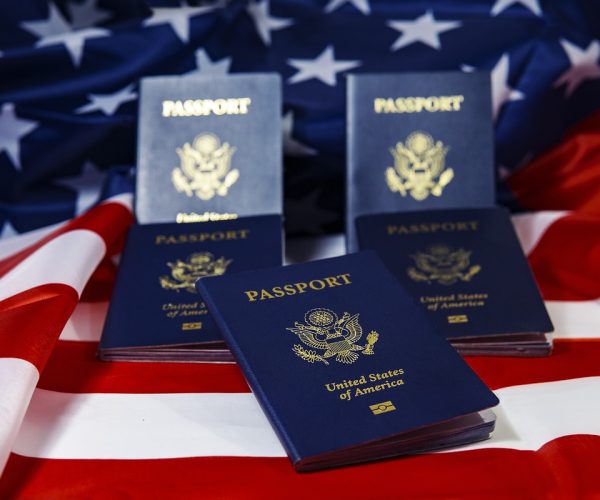USA
Studying in the USA as an international student can offer a world-class education and diverse cultural experiences.
Explore universities and colleges in the USA to find programs that align with your academic interests and career goals. Consider factors such as location, reputation, program offerings, campus facilities, and opportunities for research or internships.


Admission Requirements: Review the admission requirements for international students at your chosen institutions. These typically include academic transcripts, standardized test scores (such as the SAT or ACT for undergraduate programs and the GRE or GMAT for graduate programs), letters of recommendation, a statement of purpose or personal essay, and proof of English language proficiency (such as the TOEFL or IELTS).
Financial Planning: Calculate the costs associated with studying in the USA, including tuition fees, accommodation, living expenses, health insurance, and transportation. Explore scholarships, grants, and other financial aid options for international students, as well as part-time work opportunities on campus.
Apply for Admission: Once you’ve selected your preferred universities and programs, follow their application process for international students. Submit all required documents by the specified deadlines and pay close attention to any additional requirements or supplementary materials.
Obtain a Student Visa: Most international students will need an F-1 student visa to study in the USA. Once you’ve been accepted by a SEVP-certified school and received the Form I-20 (Certificate of Eligibility for Non-immigrant Student Status) from the institution, you can apply for a student visa at the nearest U.S. embassy or consulate in your home country. Be prepared to provide proof of financial resources, intent to return to your home country after your studies, and other supporting documents.
Prepare for Departure: Arrange your travel plans, including booking flights and securing accommodation near your university or college. Familiarize yourself with the local area, climate, and transportation options. Consider attending orientation programs offered by your institution to help you adjust to campus life and academic expectations.
Maintain Status: Once you arrive in the USA, make sure to comply with the terms and conditions of your student visa, including maintaining full-time enrollment, keeping your Form I-20 up-to-date, and following any employment restrictions. Stay informed about your visa status and consult your designated school official (DSO) or international student advisor for guidance on immigration matters.
Explore Opportunities: Take advantage of the numerous opportunities available to international students in the USA, such as academic and extracurricular activities, cultural events, internships, and networking opportunities. Immerse yourself in the vibrant campus community and make the most of your educational experience.
Working in USA –
Obtaining a work visa for the USA can be a complex process, but here’s an overview of the main types of work visas available:
H-1B Visa: This visa is for professionals in specialty occupations that require a bachelor’s degree or higher (such as engineers, scientists, and IT specialists). To qualify, you must have a job offer from a U.S. employer who is willing to sponsor your visa. There is an annual cap on the number of H-1B visas issued, and the application process typically opens in April each year.
L-1 Visa: The L-1 visa is for intracompany transferees who work for a multinational company and are being transferred to a U.S. office. There are two subcategories: L-1A for managers and executives, and L-1B for employees with specialized knowledge. To qualify, you must have worked for the sponsoring company for at least one year in the past three years.
E-1 and E-2 Visas: These visas are for treaty traders (E-1) and treaty investors (E-2) from countries that have a treaty of commerce and navigation with the USA. To qualify, you must be engaged in substantial trade (E-1) or have made a substantial investment (E-2) in the USA.
O Visa: The O visa is for individuals with extraordinary ability or achievement in their field, including arts, sciences, education, business, or athletics. To qualify, you must demonstrate a high level of expertise and recognition in your field.
TN Visa: The TN visa is available to citizens of Canada and Mexico under the provisions of the North American Free Trade Agreement (NAFTA). It allows professionals in certain occupations to work in the USA for a U.S. employer.
H-2 Visa: The H-2 visa is for temporary non-agricultural workers (H-2B) or temporary agricultural workers (H-2A). Employers must demonstrate that there are not enough U.S. workers available to fill the positions and that hiring foreign workers will not adversely affect the wages and working conditions of U.S. workers.
J-1 Visa: The J-1 visa is for exchange visitors participating in work-and-study-based exchange visitor programs. These programs are designed to promote cultural exchange and international understanding.
